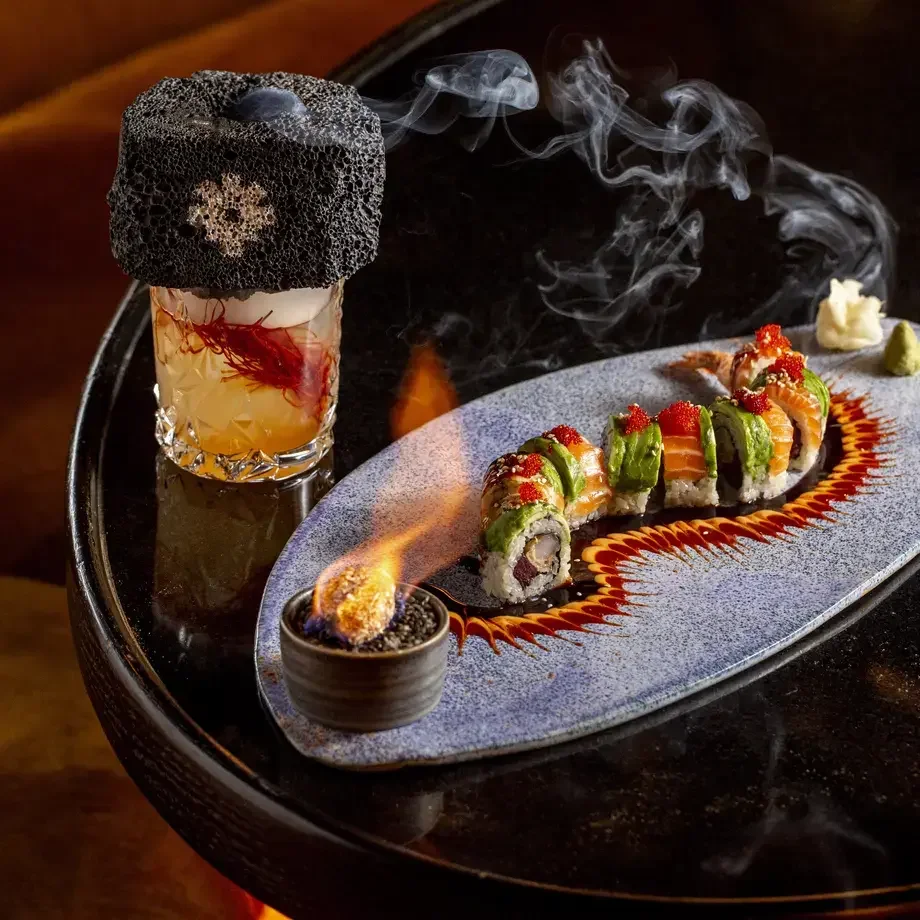It is also a good source of iron and vitamins B1 and B3, with some calcium and potassium. It contains folic acid, which may help promote healthy pregnancy, and is high in fibre for a healthy digestive system.
It is important to note that these health benefits apply to wholegrain brown jasmine rice only. White jasmine rice has been processed to remove both the bran and the germ, stripping it of much of its fibre and nutrients, and also meaning that what remains is higher in both calories and carbohydrates, gram for gram.
There are also red, purple and black varieties of jasmine rice. In wholegrain form, these types of jasmine rice contain beneficial plant compounds with antioxidant properties that help protect your cells from damage.
Jasmine rice vs white rice
Broadly speaking, ‘white rice’ refers to any processed rice that has been processed to remove the bran and the germ. If jasmine rice is processed in this way, it too is a form of white rice.
However, when people in the US refer to white rice, they typically mean American long grain rice, which differs from white jasmine rice mainly in terms of texture and fragrance. Both are varieties of long grain rice, but American long grain has a dry, fluffy texture, with separated grains, while jasmine rice tends to be moist and a little clingy. American long grain also lacks the distinctive popcorn aroma of jasmine rice.
In terms of nutrition, the two are broadly similar, having had most of their fibre and nutrients removed during processing. Jasmine rice is marginally higher in calories, however, with slightly more fat, carbohydrates and some iron.
Jasmine rice vs brown rice
Again, jasmine rice is available as a brown rice itself, which simply means eating the healthier wholegrain as opposed to a processed white rice. Compared to American long grain, jasmine brown rice is more fragrant, but nutritionally, the two are similar.
Jasmine rice vs other types of rice
Jasmine rice is often compared to basmati rice, another long grain fragrant rice, popular in Indian and Pakistani cuisine. Jasmine rice is a shorter, rounder grain than basmati, which is long and needle-shaped, stretching to almost twice its original size when cooked. Like American long grain, basmati is dry and fluffy when cooked, where jasmine rice is moist and sticky.
How to cook the perfect jasmine rice
For the perfect jasmine rice that’s moist but chewy, follow these simple steps:
To feed four people, you will need two cups of rice. It may not look like much to start with, but you’ll be surprised how much it grows during cooking.
First, rinse the rice in cold water to get rid of excess starch. Repeat until the water runs clear.
Place the rice in a saucepan with a well-fitting lid and cover with 2 ⅔ cups of water. Add a little salt to the water to taste.
Cover the saucepan with its lid and bring the water to boil, then reduce the heat to low and simmer for around 9 to 10 minutes until all the water has been absorbed.
Turn off the heat completely and leave the pan with the lid on for a further 10 to 15 minutes. Finally, remove the lid and fluff the rice with a fork.
Recipes












